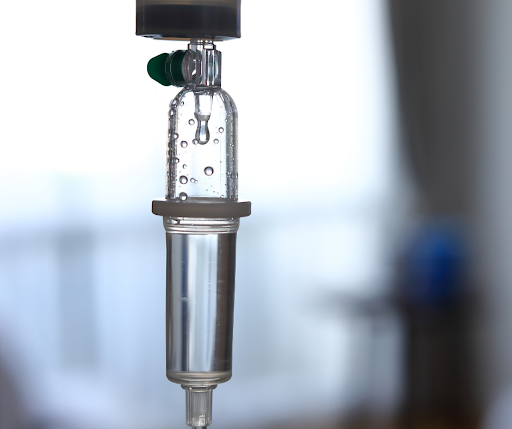Pump Infusion IV Therapy
This variant of IV therapy employs a pump connected to the IV line to regulate the administration of treatment into the patient's body. Pump infusion can be administered through syringe infusion pumps and volumetric pumps.
Syringe infusion pumps regulate the push rate of a syringe's plunger, thereby controlling the gradual administration of treatment over a specified duration. Volumetric pumps utilize IV drips alongside additional pumps to manage the infusion rate accurately.
Who Needs IV Therapy?
Patients may need IV therapy for the following reasons:
- Antibiotic treatment for infections of the lungs, brain, bones, or other parts of the body
- Treatment for hormone deficiencies
- Treat severe nausea caused by cancer chemotherapy or pregnancy
- Chemotherapy treatment
- Patient-controlled analgesia for pain
- Parenteral nutrition
- Extra fluids

